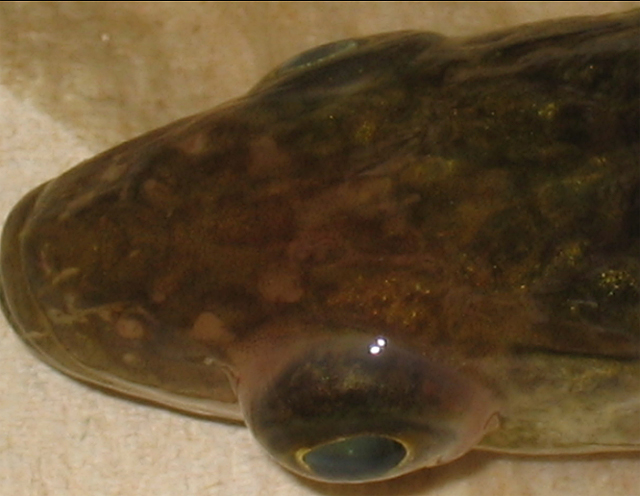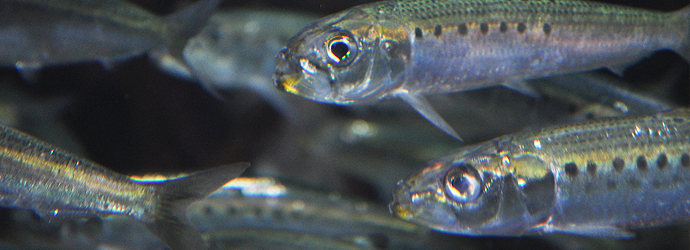Interactions
Predation
Although many Pacific herring feed on diatoms, euphausiids, copepods, small fish etc., they also fall prey to many other organisms. Their larva are eaten by sturgeon, juvenile salmon, walleye, pollock, and even some marine birds. But those aren't the only things that prey on them. Kelp crabs, sea anemones, sea urchins, and chitons are also common predators of their eggs. All those predators are just for the Pacific herring's eggs, not even the adults!
The Clupea pallasii adults have much bigger predators. The adults are often preyed on by killer whales, Chinook salmon, sablefish, harbour seals, Pacific cod, Pacific halibut, sea lions, and porpoises. Unfortunately for the Pacific herring, they are a popular food item. They are a very important part of the the marine food chain, they are just way towards the bottom. Watch the video below about the predation of Pacific herring.
Human Uses
Clupea pallasii have many uses to humans. Some of them being food, bait, oil, and fertilizer. They are a very common delicacy in Japan and are highly sought after. There are many commercial herring fisheries throughout Alaska. They are mostly harvesting the herring's eggs, but they also "reduce" the herring down to make oil and fertilizer. The herring's eggs as mentioned above are a very common food in Japan and some other parts of the world. This delicacy is known as Kazunoko Kombu. This is the eggs placed on fresh kelp. Clupea pallasii may also be sold cooked, canned, fresh, smoked, or salted. Herring may not be as popular as salmon, halibut, and crustaceans, but they are widely consumed. Pacific herring could be considered sustainable because they have many uses and have been used be humans for millions of years. We must be careful of overfishing though. Also as mentioned on the adaptations page environmental problems also cause the Pacific herring population to decrease.

Kazunoko Kombu
Diseases
Pacific herring are susceptible to many diseases. One of them
being Viral Hemorrhagic Septicemia (VHS). VHS is spread through fish
urine and reproductive fluids. It can last in the water for up to 14
days and is usually started in the gill slits of fish. It then
spreads to the blood vessels, causing them to become weakened. This
in turn causes bleeding. Other common symptoms are bulging eyes,
strange behavior, anemia, and bloating of the abdomen. VHS does not
only threaten Pacific herring many species of fish are commonly
infected too.
 Another common disease is Ichthyophonus hoferi. This is considered
to be part of the protists and members of the protozoa kingdom.
Symptoms of this disease are also similar to VHS. These symptoms
include bulging eyes (see image to the left), weakened heart, loss of color, ulcers,
fatigue, and whirling (aka strange behavior). This disease is much
harder to get rid of.
Another common disease is Ichthyophonus hoferi. This is considered
to be part of the protists and members of the protozoa kingdom.
Symptoms of this disease are also similar to VHS. These symptoms
include bulging eyes (see image to the left), weakened heart, loss of color, ulcers,
fatigue, and whirling (aka strange behavior). This disease is much
harder to get rid of.
Both of these are very harmful for the fish, therefore establishing a parasitic relationship between the disease and Clupea pallasii.
